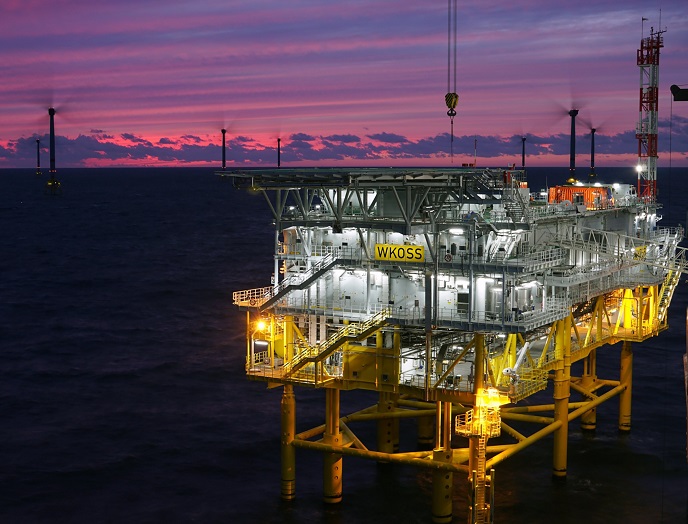Digitalisation and data analytics support offshore wind farm deployment
Offshore wind technologies will be key to Europe’s green energy transition that includes important goals for integrating renewable energy sources and reducing CO2 emissions. The EU has targeted an increase in offshore wind capacity from its current level of 12 gigawatts (GW) to at least 60 GW by 2030 and to 300 GW by 2050. The massive deployment of offshore renewable energy will help the EU meet its goal of climate neutrality by 2050 and foster economic growth and job creation in all parts of the renewable energy supply chain. According to the International Energy Agency, the most critical areas for improvement to encourage rapid deployment of offshore wind capacity are technology improvement and cost reductions. The EU-funded ROMEO project has delivered a decision support system to reduce operations and maintenance (O&M) costs, leveraging condition monitoring, big data, machine learning and cloud-based analytics.
Comprehensive modelling supports advanced decision support
Structural health monitoring of wind energy systems is not a new idea. However, according to César Yanes of Iberdrola Renewable Energy and ROMEO coordinator, prior to ROMEO, much of the information and value in data coming from condition monitoring systems (CMSs) was not extracted. Optimising the way data is collected and analysed relies strongly on underlying models that accurately describe and predict behaviours as well as detect abnormalities, and models are a key project outcome. Failure mode effect and criticality analyses were developed at project start to provide insight into critical failures to be assessed based on cost, frequency or structural health and safety issues. Scientists developed physical and machine learning models for main turbine components (gearbox, main bearing, blade bearing generator, transformer and converter) to enable early fault detection, diagnosis and prognosis. Structural models will also support fatigue assessment and damage detection for wind turbine foundations. Despite the required high level of confidentiality, the collaboration in ROMEO led to the delivery of models, analytical functionalities and case scenarios beyond those originally foreseen. The models enable failure detection in advance, and the analytical functionalities help operations and maintenance operators make better decisions, reducing costs. Some models have already been extrapolated to onshore wind farms, work that will continue in the coming months.
From the edge to the cloud and back to decision-makers
ROMEO developed a comprehensive data infrastructure to integrate the diverse sources of operational data from three pilot wind farms: Wikinger in Germany, and Teesside and East Anglia ONE in the United Kingdom. “Our data infrastructure ensures compatibility with the models that interpret the data, connecting the wind farms’ supervisory control and data acquisition systems, CMSs and other data sources – including a newly deployed edge device with processing capabilities – to IBM’s cloud. The models, running in the cloud environment, feed their results to an intuitive information management platform to improve decision-making,” explains Yanes. ROMEO has harnessed big data, machine learning, cloud computing and edge devices in a next-generation CMS complete with an intuitive information management platform. The holistic technologies and analytical tools will support the transition from calendar-based and corrective maintenance to condition-based maintenance while simultaneously reducing the number of unexpected major failures and ensuring better logistics planning. Preliminary results suggest significant reductions in O&M costs that should spur deployment while leading to reductions in the cost of wind energy for customers.
Keywords
ROMEO, cloud, wind farms, edge, CMS, O&M, machine learning, condition monitoring, big data, operations and maintenance



